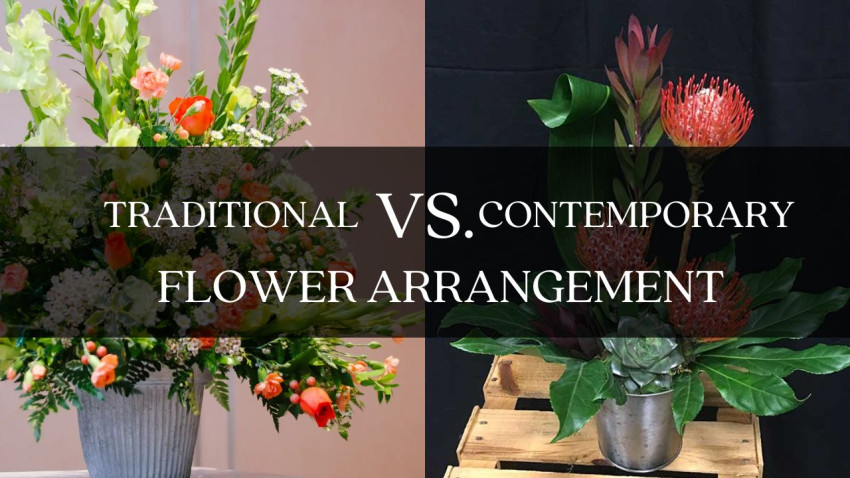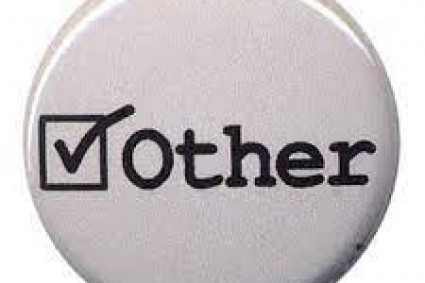
Introduction
Flower arrangements are a classic form of art and adornment that, over time, have evolved into various styles. The distinction between classic and modern floral arrangements is very crucial for people who want to select an appropriate arrangement style based on their available space or event. This guide discusses the many unique aspects of each style, providing information about the beautiful flower artistry.
Traditional flower arrangements
Symmetry and Structure: Symmetry and well-defined shapes, such as the oval, triangular, or circular forms, are key features of traditional arrangements.
Classic Flowers and Colors: Such settings usually include classic flowers such as roses, lilies, and carnations, which are presented in a light or pastel color palette.
Dense and Full Designs: In contrast to the modern ones, traditional designs are typically very rich and dense, with flowers tightly packed without any apparent gaps between them.
Formal and Elegant: Such table settings radiate a formal and regal atmosphere, which is very appropriate for traditional wedding events, elegant celebrations, and classical interiors.
Contemporary Flower Arrangements
Asymmetry and Fluidity: Many modern arrangements move away from structured forms, taking on asymmetry and a much more informal approach.
Bold and Unconventional Choices: More contemporary designs could be fleshed out with many strange blooms and vibrant and contrasting color palettes.
Minimalism and Space: Modern flower art involves simple and often very sparse designs in which the space between stems or flowers plays an equally crucial role as the blooms themselves.
Artistic and Expressive: These types of arrangements are considered artistic, providing a creative and personal statement. They suit contemporary, eclectic, or avant-garde environments.
Mixing the two styles
Fusion Arrangements: Some florists combine both classical and modern forms, forming exceptional original designs responding to varied preferences.
Adaptability to Themes: As far as adaptability is concerned, both of the styles can be modified according to the different themes and events.
Considerations for Choosing a Style
Personal taste and venue: The main factor that should determine your choice between contemporary and traditional arrangements is personal preference, including venue or event style.
Purpose of the Arrangement: Think of the message or feeling that you would like to express. Traditional arrangements may be preferable for indicating respect or refinement, while modern creations can communicate inventiveness and audacity.
Conclusion
If you prefer the formal grace of domestic floral arrangements or if you want to be challenged with something artful and emotional, these styles can help you find an interest in flower decorations. However, the traditional and modern styles have their own charm that one can choose according to personal taste and the type of celebration or message intended.




